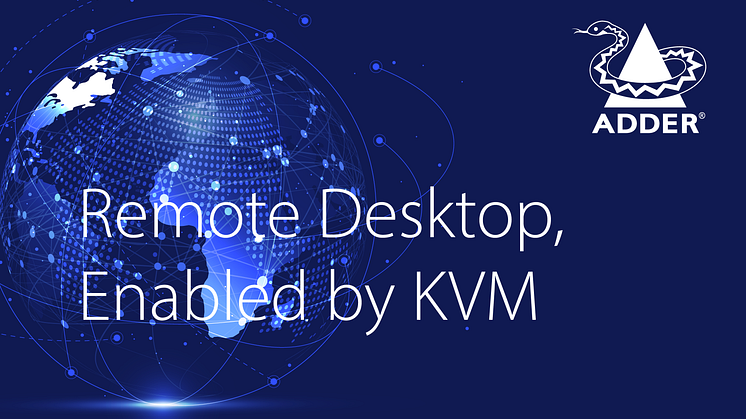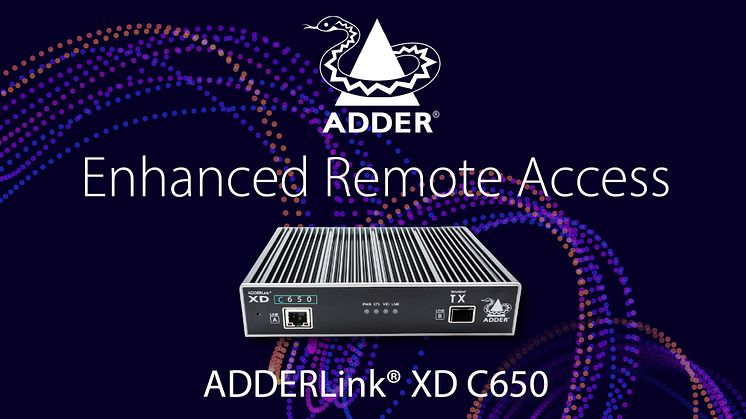
Blog post -
5 Reasons Why Companies Are Moving Away from PCoIP Zero Clients to KVM
With HP’s announcement to discontinue the sale and support of Tera2 chipsets, customers are being directed toward cloud-based Software as a Service (SaaS) alternatives like HP Anyware. Moving to these solutions could result in higher costs, reduced flexibility and potentially a loss of infrastructure control. Given these challenges, organizations are looking for alternative solutions.
Exploring five key reasons why businesses are considering KVM as a viable alternative for remote desktop access:
1. Escaping the SaaS Lock-In
SaaS models introduce ongoing subscription costs, license caps and required cloud connectivity. For many, this shift may increase the total cost of ownership and limits organizational control. Adder’s KVM is a hardware solution with a one-time capital expense. There are no recurring vendor fees, and systems can operate securely with or without internet access.
2. Regaining Infrastructure Control
Zero clients are bound to specific protocols which means updates, compatibility changes and licensing models are often managed externally. With IP KVM, organizations retain control. Adder solutions are OS-agnostic and protocol-independent, allowing IT teams to manage infrastructure on their terms.
3. Simplifying Remote Access in Complex Environments
PCoIP deployments can be resource-intensive to maintain. Managing endpoints or ensuring compatibility could add complexity, whereas Adder’s KVM devices can be much simpler to deploy. KVM solutions allow endpoints to be added, removed, or replaced without impacting the wider system and require minimal configuration.
4. Meeting Modern Performance Needs
While PCoIP has supported remote access in many environments, not all implementations are designed for high performance workflows. Software-based zero clients can face limitations with high-resolution video, fast refresh rates, and seamless peripheral integration. Adder’s KVM solutions are built with these demands in mind, delivering up to 5K at 60Hz with ultra-low latency. This ensures smooth, responsive performance across a wide range of applications, including real-time control environments and data-intensive monitoring setups.
5. Supporting Security-First Operations
SaaS-based systems often require an internet connection by design which could lead to a potential increase for threats. For air-gapped environments or data-sensitive industries, controlled access is non-negotiable. Comparatively, Adder’s hardware-first approach supports fully offline use for ultimate flexibility. Data remains entirely within the internal network, with KVM operating out-of-band from the primary system. This gives organizations complete control over how and where their system is accessed.
Considering KVM for Remote Access?
Adder’s KVM provides a secure, future-proof alternative that restores organizational control, improves performance, and avoids ongoing subscription restrictions. Contact one of our experts today to find out how KVM can be adopted into your organizational infrastructure.

